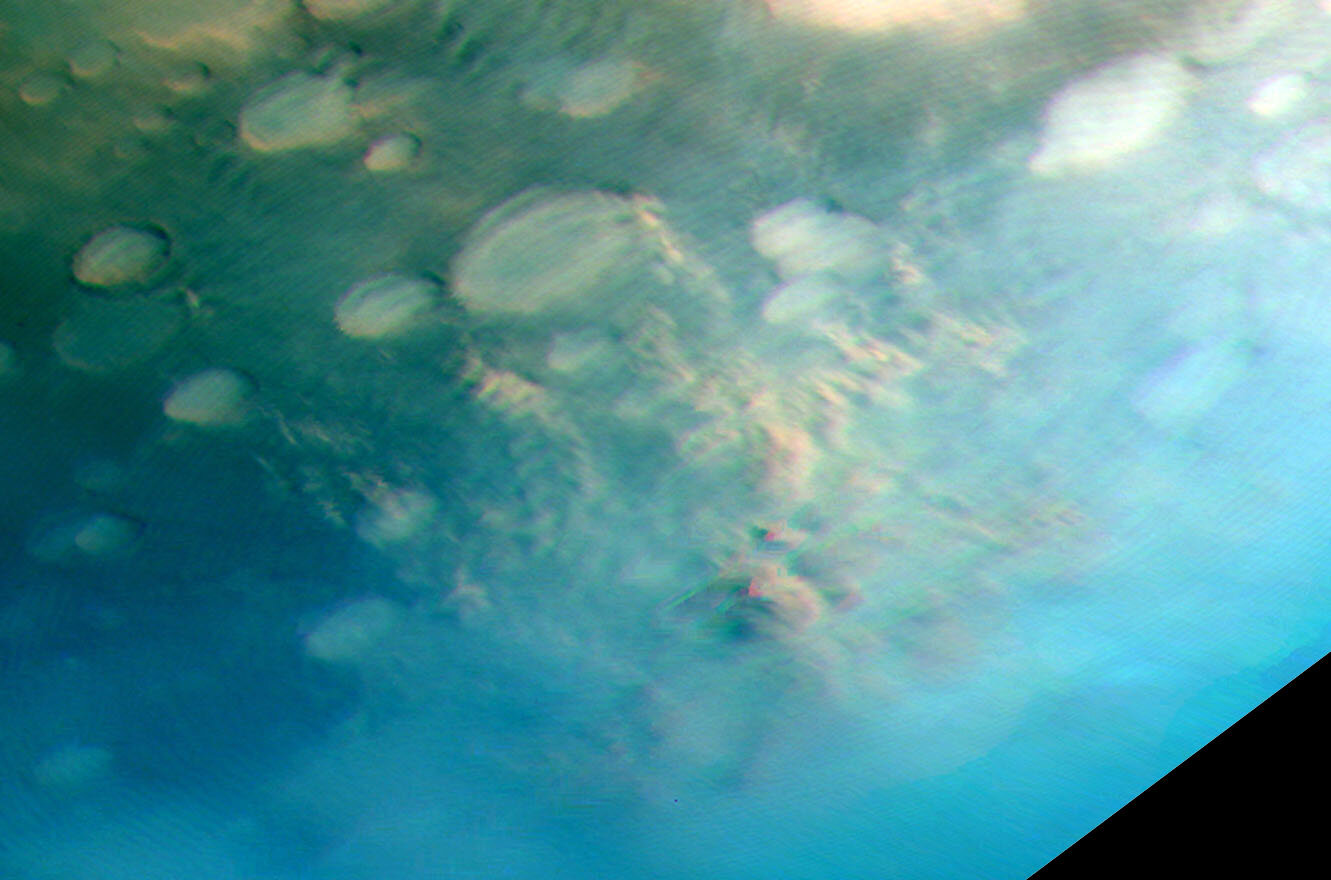German scientists have presented an electronic cloud atlas of Mars to the public. It contains a huge number of collected images observed in the atmosphere of the neighboring planet by spacecraft in its orbit, primarily Mars Express, in the atmosphere of the neighboring planet.

“Cloud Atlas” of Mars
All those who like to enjoy clouds can now see what they look like on Mars. This was provided by specialists from the German Aerospace Center in Berlin. They presented their own cloud atlas of the red planet at the European Science Congress last week.
Mars’ atmosphere is very thin, less dense than Earth’s. However, it has the same processes as ours: dust rises in the upper layer of the atmosphere. Ice crystals condense there as well. And the Mars Express has been observing all of this since 2005.
Actually, the main part of images in the new Cloud Atlas was made by it, or rather by the High Resolution Stereo Camera tool on its board. It provided an assessment of the abundance of phenomena in the atmosphere of Mars.
What Martian clouds look like
Martian clouds, as for a planet with a very small atmosphere compared to Earth’s energy, are indeed remarkably diverse. For example, they can form peculiar “streets” — equal rows of tufted dreams. Together they migrate in the autumn and summer around the great highlands of the Tharsis and over northern lowlands.
Also under the action of winds in the Martian atmosphere can form elongated clouds that extend ten kilometers without breaking. Spiral structures of cycles and storms are also common in the atmosphere of the red planet.
The Martian atmosphere differs from Earth’s atmosphere in that dust plays a very important role in the cloud that forms in it. On our planet, small solid particles also rise to high altitudes by upward streams, however, here the leading role in cloud formation belongs to water vapor, which at high altitudes turns into ice crystals.
According to phys.org


